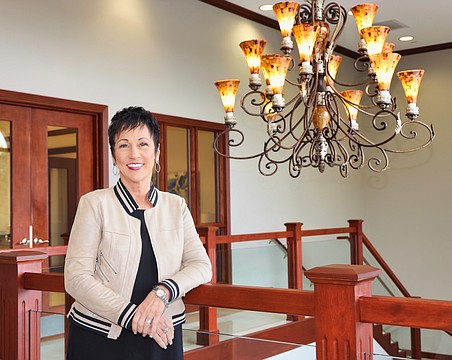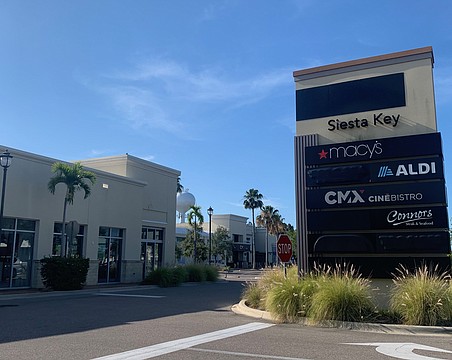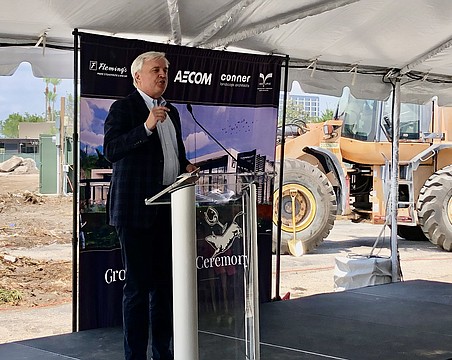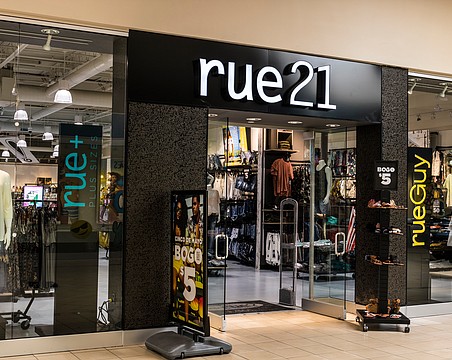At Lakewood Ranch-based Neal Communities, one of the most prolific homebuilders in the region, difficulties finding labor have had quantifiable — and painful — impacts.
“Over the course of the last four years, our production times have increased probably 5 to 10 business days,” says Neal President Michael Storey. “On average it's taking about a week to week and a half longer to get from start to finish.”
And that's not the only way labor shortages are affecting the homebuilder. It has seen consistent price increases in the subcontractor community across the board during the past few years. “The guys in high demand are pretty decent economists,” says Storey. “They understand the supply-demand imbalance. When the demand outstrips the supply, they know they can raise rates and prices.”
Neal isn't the only construction and building company in the region — or state or country, for that matter — dealing with a labor shortage. The Kolter Group, for example, recently told condo buyers that the completion of the Vue Sarasota Bay, a $200 million condo and hotel project in downtown Sarasota, will be delayed until the second quarter because of a lack of labor.
Daryl Blume, president of Largo-based BCH Mechanical Inc., says the HVAC and plumbing industry still hasn't recovered from the labor losses it suffered as a result of the economic downturn, despite efforts to recruit more people to these fields.
“Unfortunately, even allocating significantly more dollars than ever before, we cannot hire enough qualified or interested candidates,” says Blume.
“We've got a problem, there's no doubt about it,” says Richard Durling, president of Fort Myers-based homebuilder Marvin Development Corp. and president of the Lee Building Industry Association. “It's been an issue that the industry has faced for many years. But now that work is starting to increase and there's more optimism with the economy and people are moving forward with their plans to build, that increased demand puts an additional strain on our industry when it comes to trying to find qualified workers.”
Solutions aren't easy. Longer term, industry officials are working with local schools and organizations to help introduce younger people to the construction field and educate them about opportunities. An overemphasis on pushing all high schoolers toward four-year colleges, some industry officials say, has hurt the building and construction industry in recent years.
“I think that perception, that goal of providing a path for every child to go to college, has to change before everything else can change,” says Jennifer Motsinger, executive vice president of the Tampa Bay Builders Association. “We're trying to reach out in as many ways possible to the community at large to let them know that a lot of construction jobs available are very well paying.”
In the meantime, it's a matter of finding ways to scrape by — and fending off competition from other businesses trying to do the exact same thing. “I wouldn't tell you that it's not a daily, constant struggle to address the production needs of the business to make sure we keep guys on job sites working and moving along,” says Storey.
Near term
There's no one-size-fits-all solution to dealing with labor shortages in the short term. “I would say that each company is trying their own crisis strategy, if you will,” says Kathy Curatolo, executive officer of the Collier Building Industry Association.
The local labor pool took a beating during the recession. “There are a lot of people who left the state during the downturn,” says Durling. “We're starting to see a little bit of those people coming back. But after this length of time, people who were good at what they did who left to find jobs elsewhere have established new lives in other parts of the country and aren't apt to come back at the drop of a hat.”
Some companies are offering incentives to lure workers back to Florida, which can then drive up costs.
Others have resorted to poaching employees. “It's not rampant, but it happens,” says Durling. “It's not uncommon for a subcontractor to approach people on job sites and try to steal them away. Give them a dollar more an hour and they jump ship. There's a lot of movement around.”
While poaching employees isn't necessarily a long-term solution, higher wages for construction laborers aren't necessarily a bad thing, says Jillian Bandes, a licensed commercial contractor at Bandes Construction Co. in Dunedin, which works on commercial projects for retail, medical and other clients.
“It's actually a welcomed development from my end,” she says. “Florida has historically suffered from very low wages for trade people. Frankly, I think that increasing the wages of workers on our job sites is going to result in a safer, faster, better product for our clients.
Storey says poaching isn't a problem among Neal's direct employees. “Because of the stability of our organization, even though direct team members might get calls, they generally don't respond to those calls,” he says.
It's a different story among area subcontractors. “If you look at the companies who weren't building here three years ago and are building here today, they didn't bring new crews with them,” he says. “They've come in and are using the crews rest of us use. A lot of the times our competitors will offer to pay them a bonus to come do their particular job.”
Some firms have resorted to hiring inexperienced workers and training in-house. “Companies have increased their efforts to bring people on who are, for lack of a better description, green,” says Durling. “But there are some disciplines where it's easier to do that than others, like a framer versus an electrician.”
Conditioned Air, which is headquartered in Naples and has offices in Fort Myers and north Venice, has taken advantage of an on-the-job-training program offered through CareerSource Southwest Florida and the state of Florida. It offers air-conditioning training to inexperienced hires. After they've been employed at the company for a set period of time, the company gets reimbursed a portion of the cost.
The long haul
Educating the younger generation about careers in construction and building — and then training them for those careers — has been a major focus of the industry lately. “I totally believe that college is not for absolutely everyone,” says Conditioned Air CEO and owner Theo Etzel. “Giving people exposure at an early age to careers that are good careers and have longevity and demand, that's a great thing to do.”
Conditioned Air has forged relationships with technical and vocational schools from Bradenton to Naples. At Lorenzo Walker Technical College in Naples, it has been called on to be an adviser on the curriculum and donated lab equipment.
“Those relationships definitely pay off,” says Etzel. “We do get a good source of new employees that way who have the book training and the basics.”
Immigration reform is also something the industry is keeping its eye on, for it could have big impacts on construction and building firms. “It's no secret that many of our workers performing the daily tasks in the field are foreign born,” says Storey. “So we have a lot of interest in that subject. Unfortunately, a lot of people have the view that the industry directly employs a lot of illegal workers, which is generally not the case. I'm not going to tell you that it doesn't happen or exist, though.”
But even policies and reforms that solely target illegal immigrants could have an impact on legally documented foreign-born workers. “Whatever happens is going to have an effect, even if it's just psychologically,” says Durling. “People may think it will be hard for them to get into the United States and it may discourage them from even attempting to do it.”
The building industry is also still dealing with psychological scars from the recession that kept firms from hiring and people from entering the field. “A lot of people look at 2007-2010 and think that's a norm,” says Storey. “But that was a period we hadn't seen since the early 1930s. It is not the norm in our business. When we do have market recessions, which are normal and expected, business levels may taper off a bit, but we don't have a huge peak followed by a gigantic valley.
“The entry barrier into our business is very small,” he continues. “You can get a pretty decent-paying job in our industry straight out of high school and in pretty short order learn a trade you can leverage into a pretty decent income. There are tremendous success stories of guys who built their own businesses by learning a craft and being good at what they do.”
Code Labor
It's not just builders that are grappling with a labor shortage.
The Building Officials Association of Florida, a nonprofit member association of building code compliance professionals and code officers, is also worried about having enough people in its ranks. The Sanford-based organization hopes to address the issue with a bill it recently proposed.
“As Florida's economy grows, construction projects increase and current building code compliance personnel come closer to retirement, the BOAF is proactively seeking ways to attract younger applicants to this career,” the agency says in a statement. “While most people certified to work in these jobs have years of experience, success in this field is also achieved with a combination of the love for the science behind the building codes, focused training, standard examination and evaluation.”
The organization's proposed bill, among other features, would authorize the Building Code Administrators and Inspectors Board to create guidelines for an internship path to certification. The bill relaxes some other regulations, and suggests some improvements to training standards.






